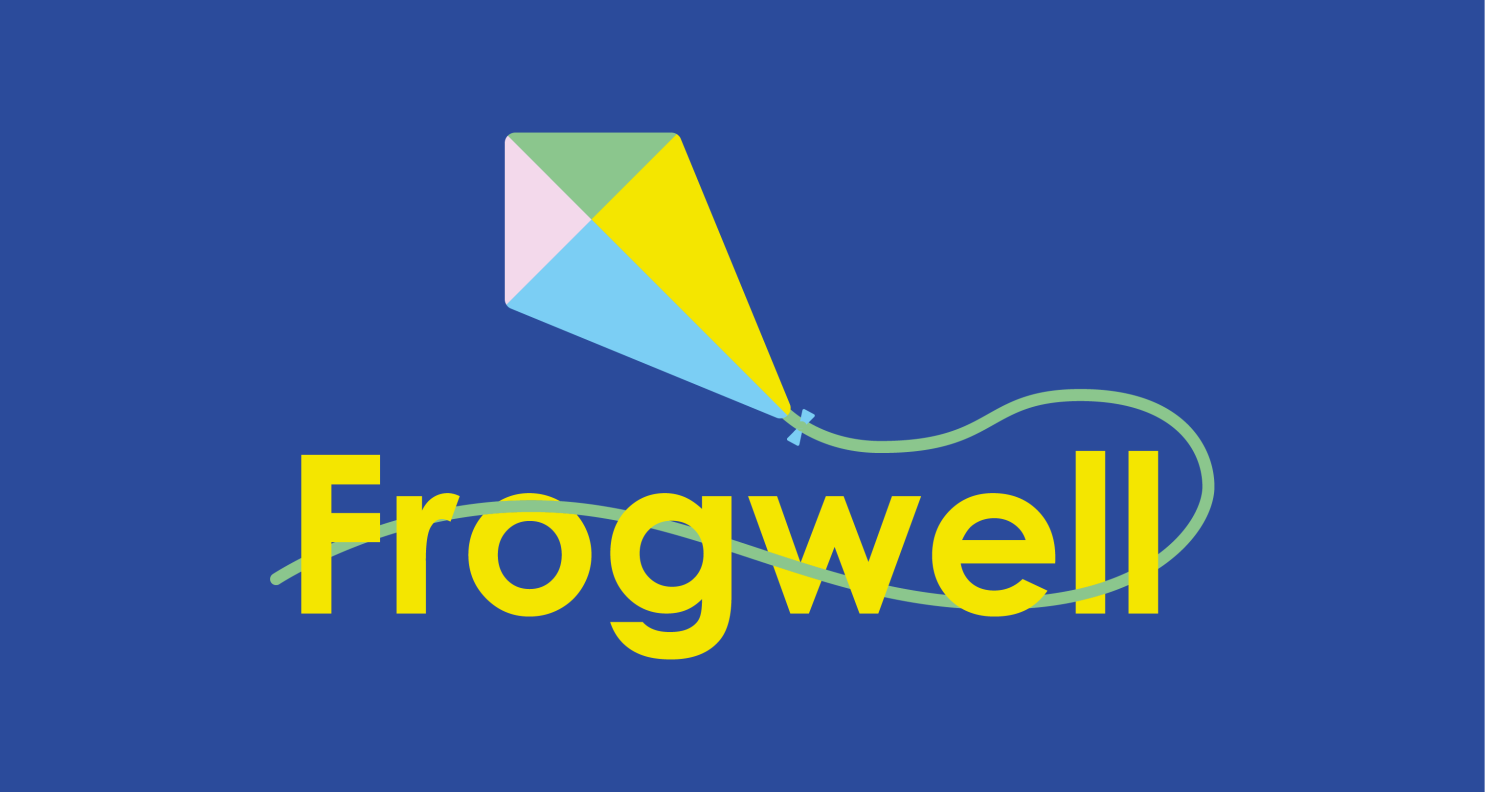Geography
What does Geography at Frogwell offer our children?
At Frogwell school we believe that the teaching of geography inspires our children to be curious about the world that they live in. Our curriculum provokes and provides answers to questions about the natural and human aspects of the world, interconnectedness, and their place in it. We believe that at Frogwell school children are entitled to a high-quality geography education where the curriculum enables them to develop transferable skills in other areas of the curriculum, whilst developing a deeper understanding of the concepts which are at the core.
We seek to inspire our children with a fascination, curiosity, and appreciation of the world around them and the people in it. We aim to provide children with a diverse knowledge and understanding of people, places, natural, human and physical geography. We equip our children to develop the skills of a Geographer by immersing them in all areas of the subject, utilising the local area and connections to achieve desired outcomes. School trips and fieldwork are provided to give first hand experiences, to enhance children’s understanding of the locality and beyond. Geography at Frogwell is aspirational for all children, promoting higher order creative and analytical thinking, children develop a social awareness of local and global geographical issues, developing their role as global citizens.
What are the main aims of our Geography curriculum?
Our broad geography curriculum covers four strands: Locational knowledge, Place knowledge, Human and Physical geography and Geographical skills and Fieldwork.
The National Curriculum for geography aims to ensure that all pupils:
- can develop contextual knowledge of the location of globally significant places – both terrestrial and marine – including their defining physical and human characteristics and how these provide a geographical context for understanding the actions of processes.
- can understand the processes that give rise to key physical and human geographical features of the world, how these are interdependent and how they bring about spatial variation and change over time.
- are competent in the geographical skills needed to:
- collect, analyse and communicate with a range of data gathered through experiences of fieldwork that -deepen their understanding of geographical processes.
- interpret a range of sources of geographical information, including maps, diagrams, globes, aerial photographs and Geographical Information Systems (GIS)
- communicate geographical information in a variety of ways, including through maps, numerical and quantitative skills and writing at length.
How is the teaching of Geography organised?
In EYFS, Geography is not taught as a discrete subject, children will learn skills and knowledge about the world they live in, in preparation for the Year 1 curriculum. They will have opportunities to access and explore the natural world and the features within their immediate environment. Through teacher-led learning, trips, stories and cookery, children will deepen their understanding of the world.
In Year 1-6 mainstream classes, Geography is taught in 2 blocks across the year, units are sequenced appropriately to ensure children’s growing knowledge and skills are progressive and concepts which underpin it are embedded and deepened, maximising learning for all children. Teachers ensure that they are informed by children’s starting points at the beginning of new topics and misconceptions are addressed. Throughout the topic teachers conduct regular retrieval practice in the form of ‘mini quizzes’ to ensure knowledge is revisited and gaps in knowledge are bridged. All children have access to Knowledge organisers throughout each topic and these are used as a valuable tool which set out the expectations for what children will learn, key information, key dates, diagrams, and key vocabulary.
In the Complex Needs Resource Base, Geography is taught through a topic-based approach, and attainment is measured in small steps. Children have regular opportunities to access their immediate environment and listen to stories from different locations and cultures. Children have opportunities to learn about the world they live in through sensory, first-hand experiences, cooking and music.
